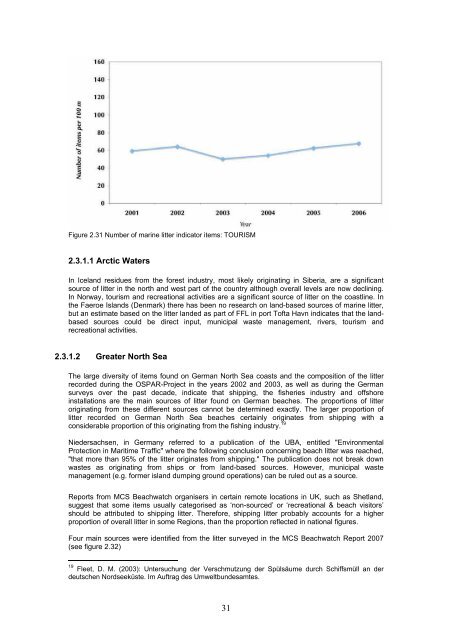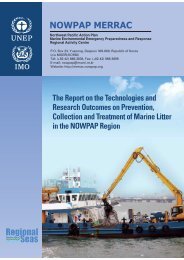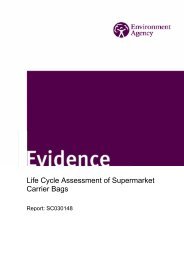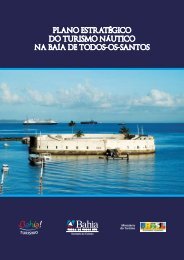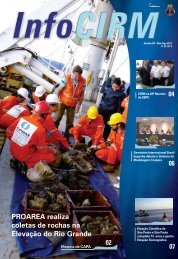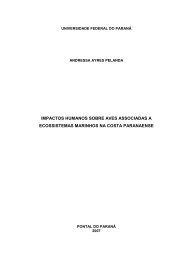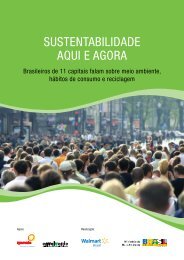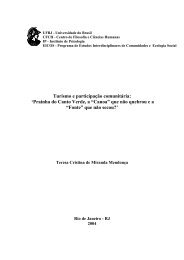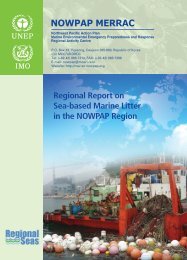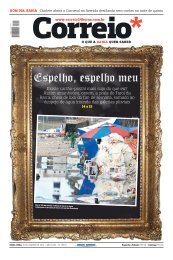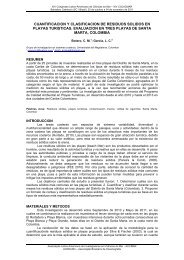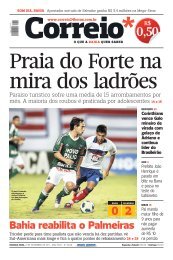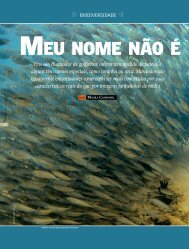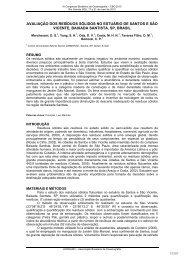view pdf - Seas At Risk
view pdf - Seas At Risk
view pdf - Seas At Risk
- No tags were found...
You also want an ePaper? Increase the reach of your titles
YUMPU automatically turns print PDFs into web optimized ePapers that Google loves.
Figure 2.31 Number of marine litter indicator items: TOURISM2.3.1.1 Arctic WatersIn Iceland residues from the forest industry, most likely originating in Siberia, are a significantsource of litter in the north and west part of the country although overall levels are now declining.In Norway, tourism and recreational activities are a significant source of litter on the coastline. Inthe Faeroe Islands (Denmark) there has been no research on land-based sources of marine litter,but an estimate based on the litter landed as part of FFL in port Tofta Havn indicates that the landbasedsources could be direct input, municipal waste management, rivers, tourism andrecreational activities.2.3.1.2 Greater North SeaThe large diversity of items found on German North Sea coasts and the composition of the litterrecorded during the OSPAR-Project in the years 2002 and 2003, as well as during the Germansurveys over the past decade, indicate that shipping, the fisheries industry and offshoreinstallations are the main sources of litter found on German beaches. The proportions of litteroriginating from these different sources cannot be determined exactly. The larger proportion oflitter recorded on German North Sea beaches certainly originates from shipping with aconsiderable proportion of this originating from the fishing industry. 19Niedersachsen, in Germany referred to a publication of the UBA, entitled "EnvironmentalProtection in Maritime Traffic" where the following conclusion concerning beach litter was reached,"that more than 95% of the litter originates from shipping." The publication does not break downwastes as originating from ships or from land-based sources. However, municipal wastemanagement (e.g. former island dumping ground operations) can be ruled out as a source.Reports from MCS Beachwatch organisers in certain remote locations in UK, such as Shetland,suggest that some items usually categorised as ‘non-sourced’ or ‘recreational & beach visitors’should be attributed to shipping litter. Therefore, shipping litter probably accounts for a higherproportion of overall litter in some Regions, than the proportion reflected in national figures.Four main sources were identified from the litter surveyed in the MCS Beachwatch Report 2007(see figure 2.32)19 Fleet, D. M. (2003): Untersuchung der Verschmutzung der Spülsäume durch Schiffsmüll an derdeutschen Nordseeküste. Im Auftrag des Umweltbundesamtes.31


